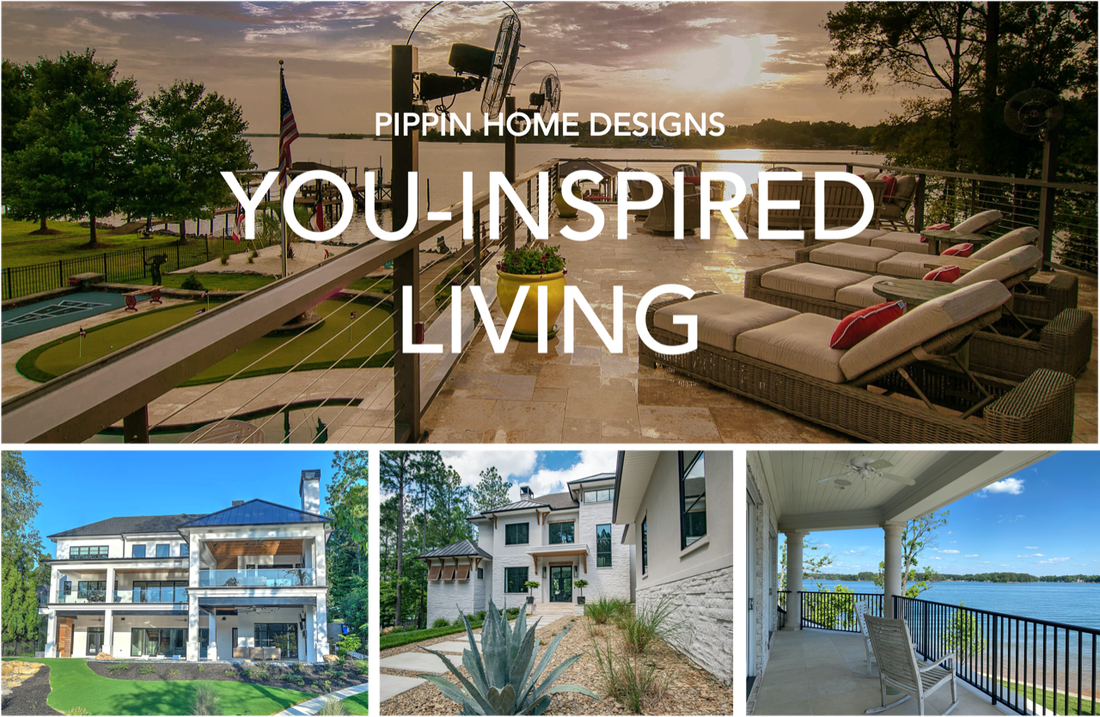
 Finally! Awareness is growing around the profound impact lighting has on human health and happiness. As a result, circadian lighting has become a buzzword in the home design industry, but what exactly is it and is it worth the large investment? An understanding of how light affects the body is integral to designing a home that supports wellness. In this 7th post of the Happy by Design series, I explain what circadian lighting aims to achieve and I shed light on how to design better lighting without an expensive control system. What is Circadian Lighting? Circadian lighting is an emerging lighting technology that focuses on light intensity, spectrum, and timing that mimic the changes of light produced by the sun throughout the day. As you might remember, exposure to daylight has a profound impact on human health and circadian rhythm. The blue wavelengths of light from the sun suppresses melatonin, the hormone responsible for causing sleepiness. As the light from the sun shifts throughout the day, so too do our levels of energy and alertness. Early morning sunlight is soft and has little blue light, allowing those who wake with the sun to have a gradual and calm entry into their day. The intensity and amount of blue wavelengths emitted by the sun peak around midday when we are the most active. As the day moves into evening, light intensity lessens and the wavelengths lengthen towards the red end of the spectrum, cueing the release of melatonin and signaling the body to wind down and prepare for sleep. With circadian lighting, this progression is recreated in your home through the use of high-tech adjustable LED Smart bulbs. These Smart bulbs perform on an expensive Smart lighting system with a timer set to increase the brightness and blue light as the day progresses, peaking around midday, and then reducing into the evening. Circadian Lighting Pros & Cons The concept of circadian lighting does have the potential to support a healthier circadian rhythm, however this technology is still being developed. The following are current pros and cons of incorporating circadian lighting technology in your home. Pros
Cons
Circadian lighting is NOT a replacement for exposure to natural daylight. While circadian lighting is a logical and well-intended response to the era of indoor living that humanity now finds themselves in, it is not a replacement for exposure to natural daylight. This technology alone falls short of a home intuitively designed to maximize natural lighting, supported by artificial lighting that takes into consideration your lifestyle, behaviors, and habits. Wellness Lighting by Pippin: Balancing Daylight and Darkness Cycles A home designed by Pippin takes into consideration the path of the sun across your property to achieve the closest relationship with the natural processes of daylight and darkness. We focus on designing for maximized natural light first and only use artificial light to supplement for the times and spaces that cannot be touched by the sun. Click HERE to read our last blog about designing for maximized daylight. We work closely as a cohort with interior and lighting designers to co-create spaces that also focus on maximized darkness in the bedrooms to support the deepest sleep possible. Without proper sleep, your health and happiness suffer greatly. Ideally, we should all sleep in complete darkness, however homes rarely support this essential component for optimal sleep. The Sleep Foundation emphasizes the significance of darkness when sleeping and the negative impacts of light during slumber hours which result in fragmented sleep, eye strain, weight gain, and even cancer risks. And, no, closing your eyes does not entirely block light. The following are ways we, as a team, design your home for darkness:
Intuitive Artificial Lighting When designing for the healthiest artificial lighting in your home that supports both daylight and darkness, we first determine your specific lifestyle and where in your home you spend the most of your time and when. Then our team of professionals help you select lighting from light sources with the appropriate spectrum, color temperature, and brightness for each area. Incandescent and halogen lights simulate the morning sun with little blue light and a yellow hue. These are best in areas of the home where you start your day, like a kitchen or bathroom. Yellow is an energizing joyful color that your body naturally associates with morning. Click HERE to learn more about how you physiologically respond to yellow. Areas of the home where you conduct most of your highly energized activities, like an office, studio, workshop, or gym are best supported with lighting that mimics the blue light from midday sun such as a bright Neutral White bulb. Warmer, reddish, low lighting that mimics the sunset triggers the body to relax, unwind from the day, and prepare for sleep. This lighting is best used in bedrooms, living rooms, or other relaxing spaces. An understanding of different light sources, the kind of light they emit, their color temperature, and brightness will help you feel more naturally connected with your home, allowing each space to create the physiological reactions that support the way you want to be living. This will be discussed in detail in the next blog. Two Cents on an Expensive Lighting System We believe in the potential for intelligent technology to enhance your health and happiness at home, however we also recognize that there tends to be a delay from the time a product or system is released into the market till the full effects and benefits of that technology are realized. Where the technology currently stands today, circadian lighting is most beneficial for use in office buildings, hospitals, and other commercial spaces where people work for long hours during the day without access to natural light. Commercial spaces have notoriously neglected human health in their design. We encourage fellow home designers to join us in the mission to design better homes to live in. However, home design has also lagged in designing for optimal health and so it’s important that homeowners and home designers do not rely on a new technology to replace the inherent health benefits of natural light exposure. We encourage fellow home designers to join us in the mission to design better homes to live in, homes that work in unison with the natural environment to support circadian rhythm. Your home CAN support your health, happiness, and circadian rhythm without needing to purchase an expensive whole-house circadian lighting system. Stay tuned for our next blog that dives deeper into how different light sources affect you mentally and physically and how to use them to design a healthy happy home. I intend you see the light with what’s best for you and your home. Inspired by you, Jenny Pippin, CPBD, FAIBD, CGP
Pippin Home Designs
0 Comments
Leave a Reply. |
AuthorI am Jenny Pippin, founder of Pippin Home Designs and creator of my own inspired living. I grew up as an ordinary southern girl, working in the fields of my family’s tobacco farm. It didn’t take me long to realize I had greater gifts and so I chose to step into my power and create my own path in life, inspired by my heart’s true passion. (More on my personal story HERE!) Archives
February 2024
Categories
All
|
Copyright 2020. Pippin Home Designs. All rights reserved.
ARCHITECTURAL DESIGN COPYRIGHT NOTICE
1987-2024 Copyright. Jennifer B. Pippin FAIBD, CPBD. Pertaining to all home designs, drawings, and photographic imagery of completed designs
presented herein. No part of the contents of the design work presented on this website may be reproduced or transmitted in any form or
by any means, electronic or mechanical, for the purpose of replication or adaptation. This material is intended to provide accurate and
authoritative information about the design abilities and expertise of Jennifer B. Pippin FAIBD, CPBD and Pippin Home Designs.
ARCHITECTURAL DESIGN COPYRIGHT NOTICE
1987-2024 Copyright. Jennifer B. Pippin FAIBD, CPBD. Pertaining to all home designs, drawings, and photographic imagery of completed designs
presented herein. No part of the contents of the design work presented on this website may be reproduced or transmitted in any form or
by any means, electronic or mechanical, for the purpose of replication or adaptation. This material is intended to provide accurate and
authoritative information about the design abilities and expertise of Jennifer B. Pippin FAIBD, CPBD and Pippin Home Designs.

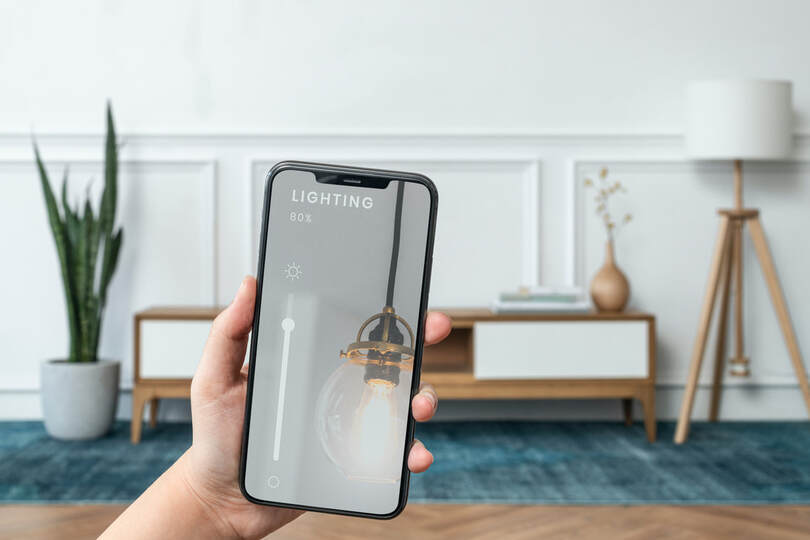
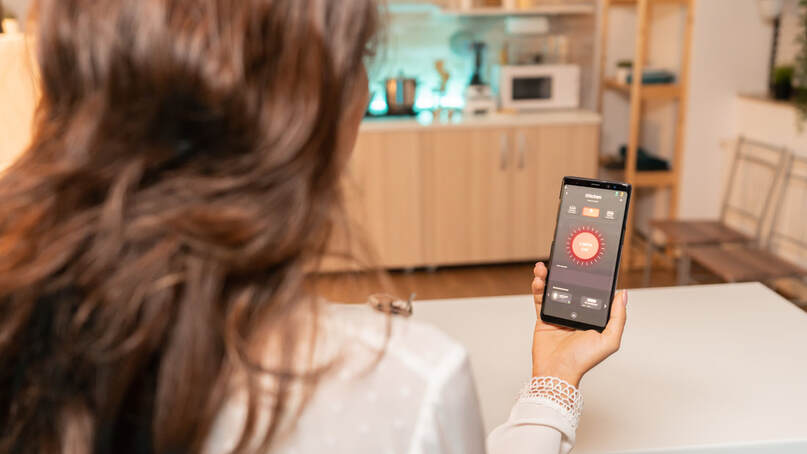

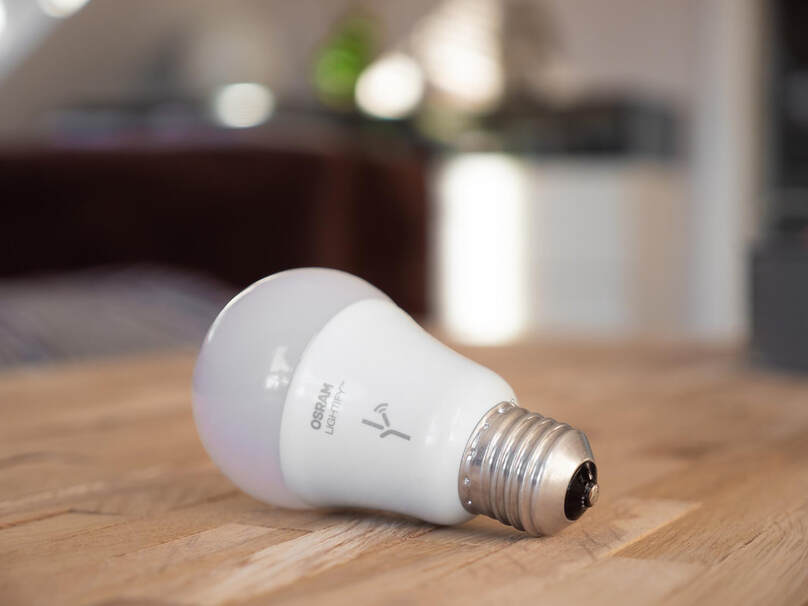
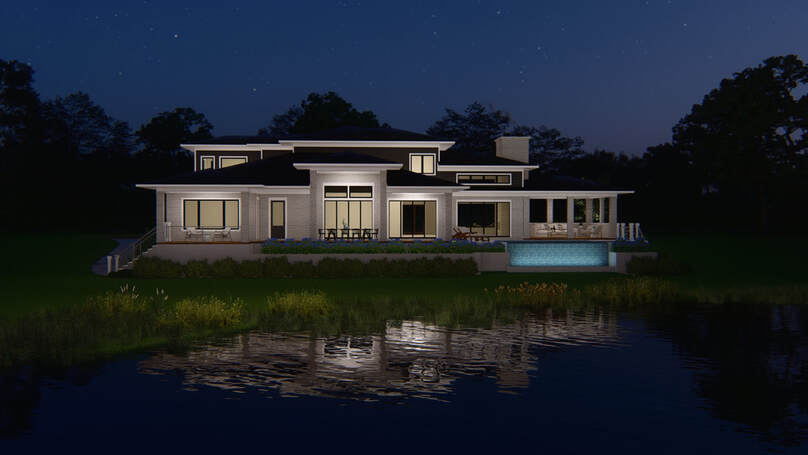
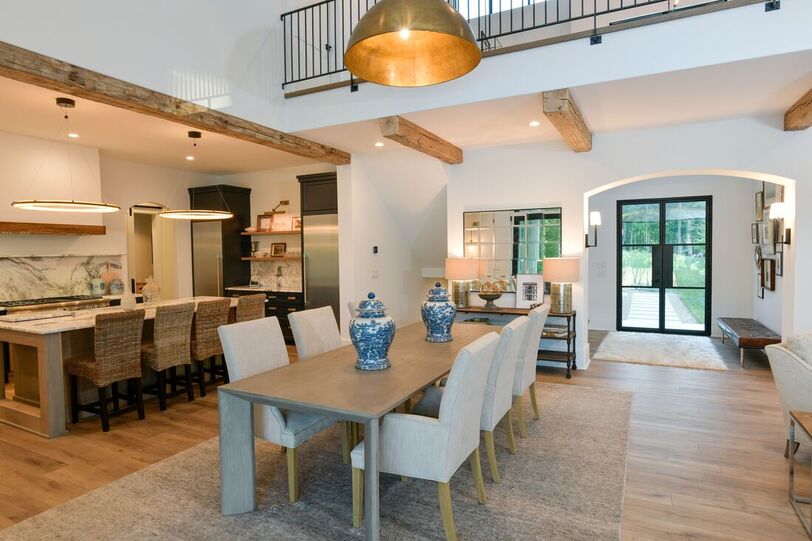
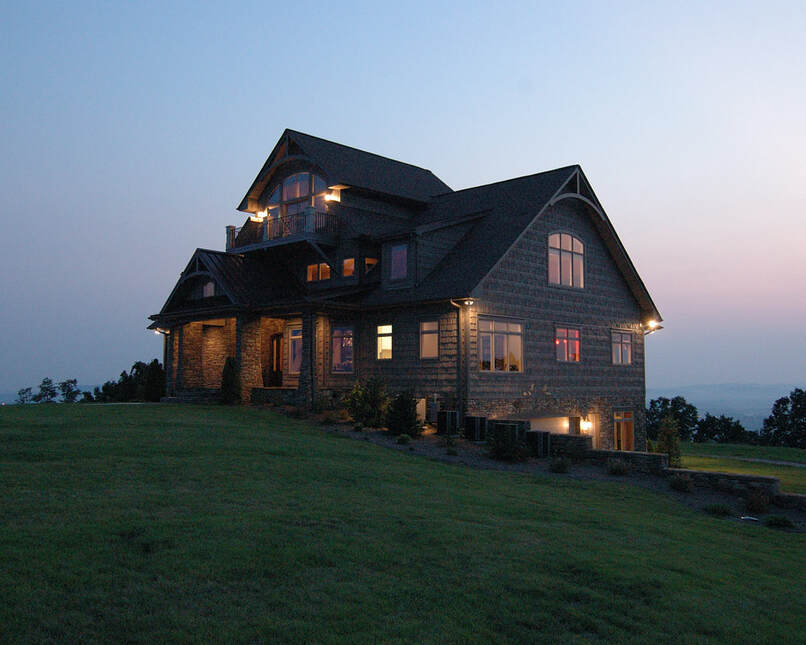

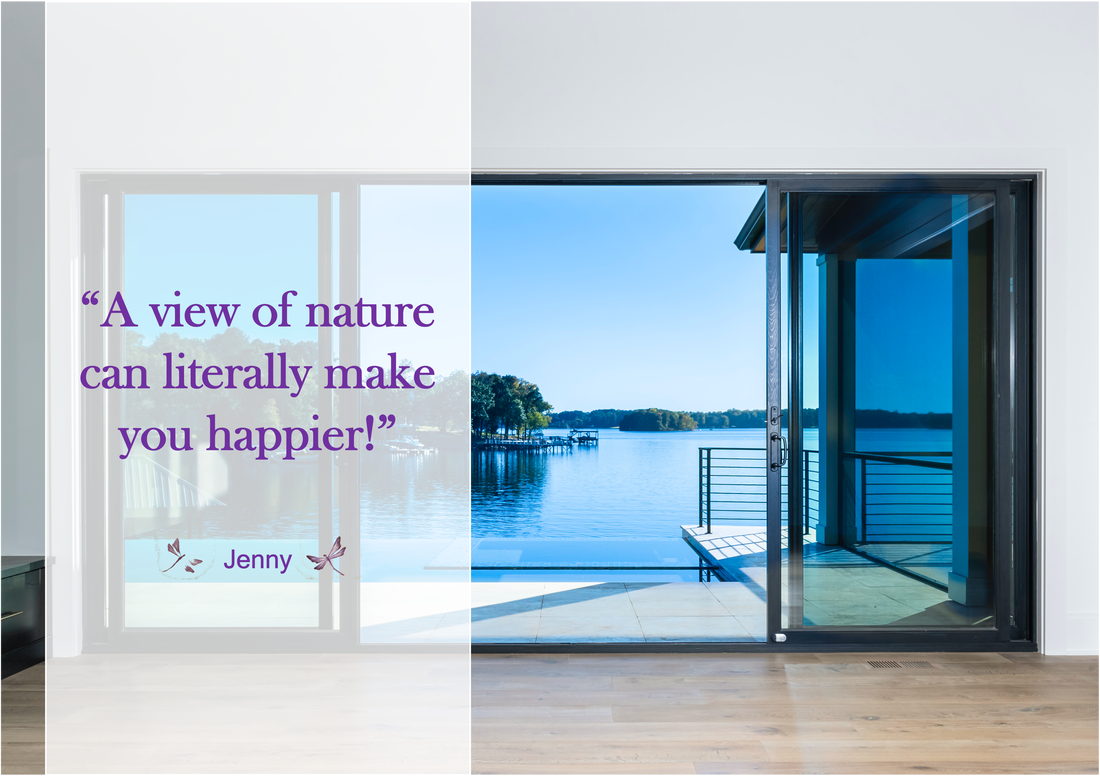

 RSS Feed
RSS Feed
